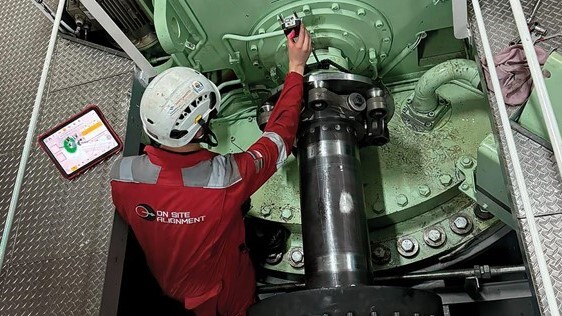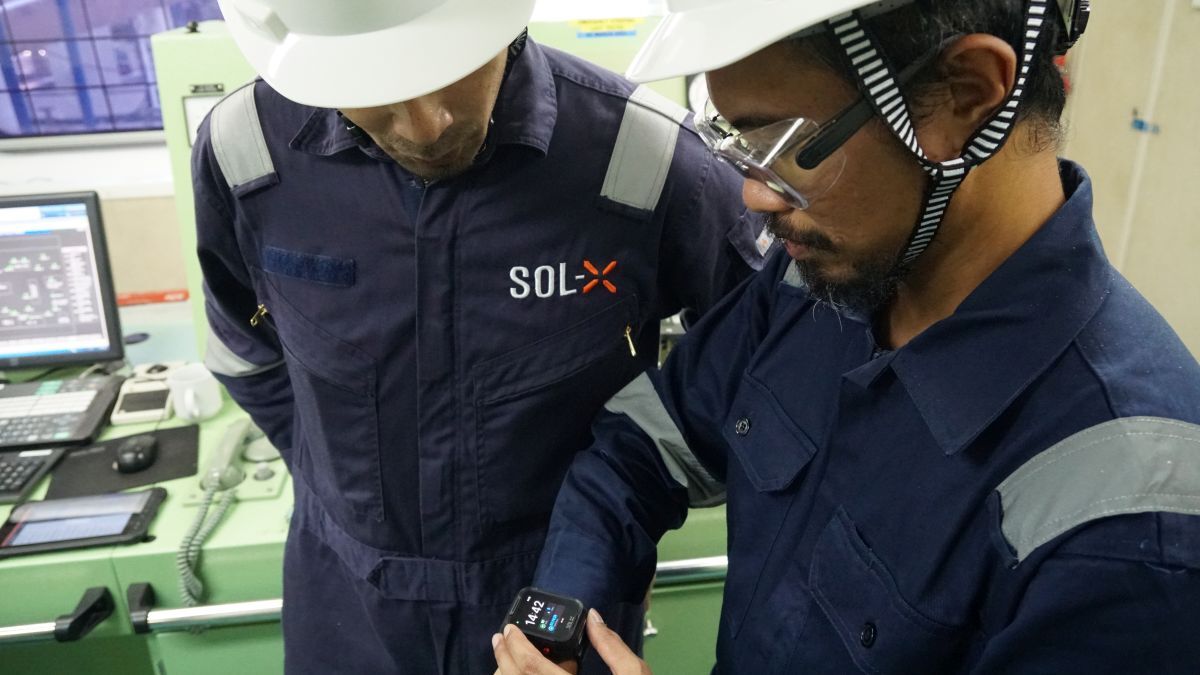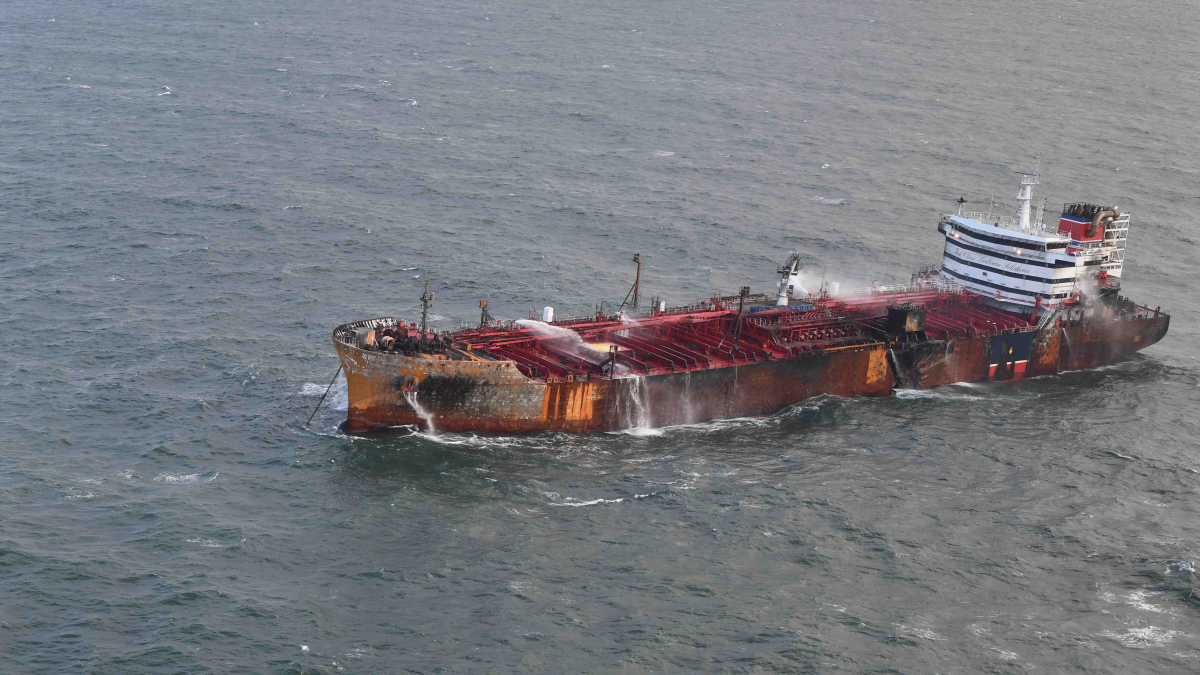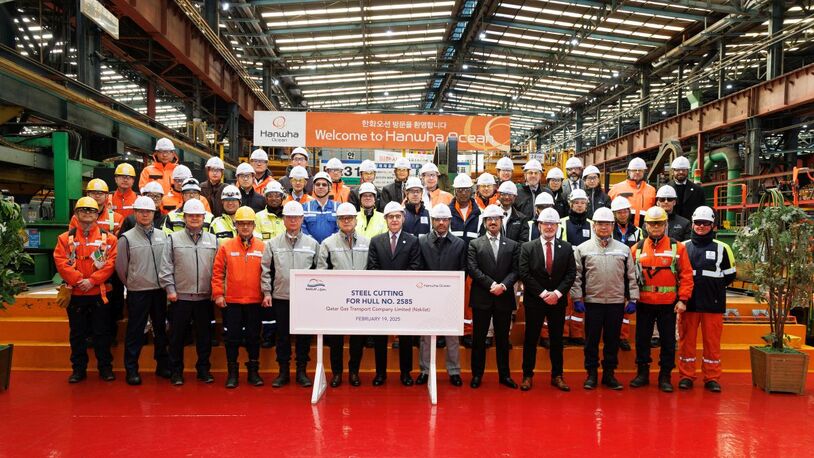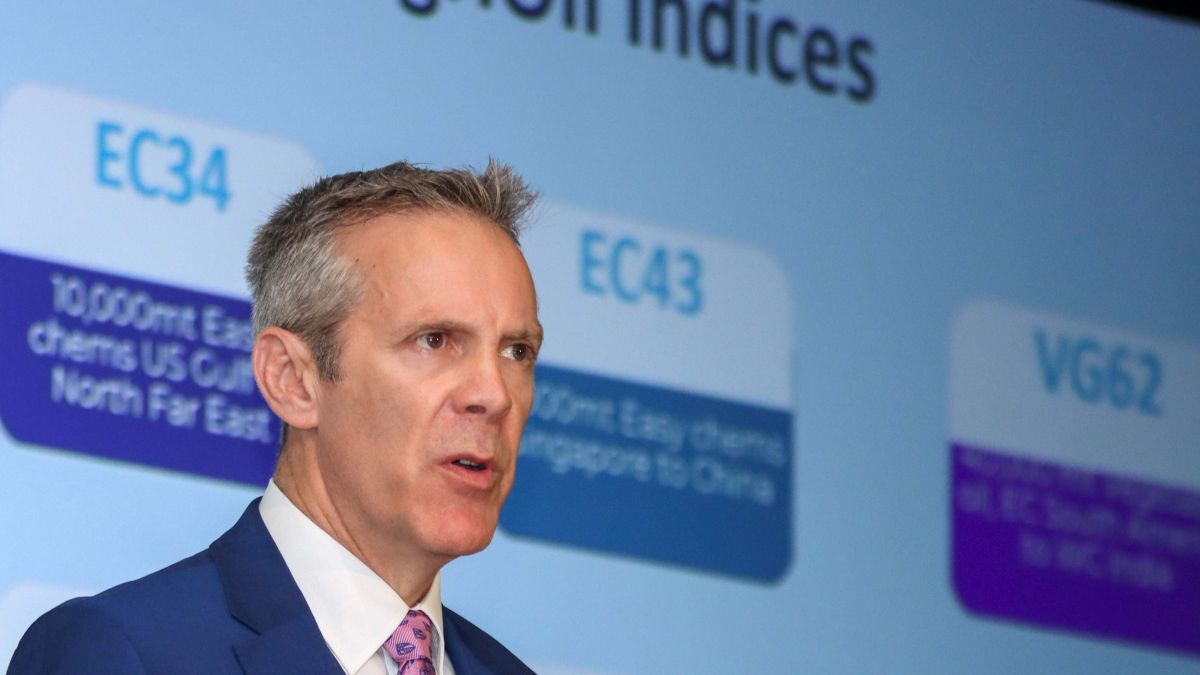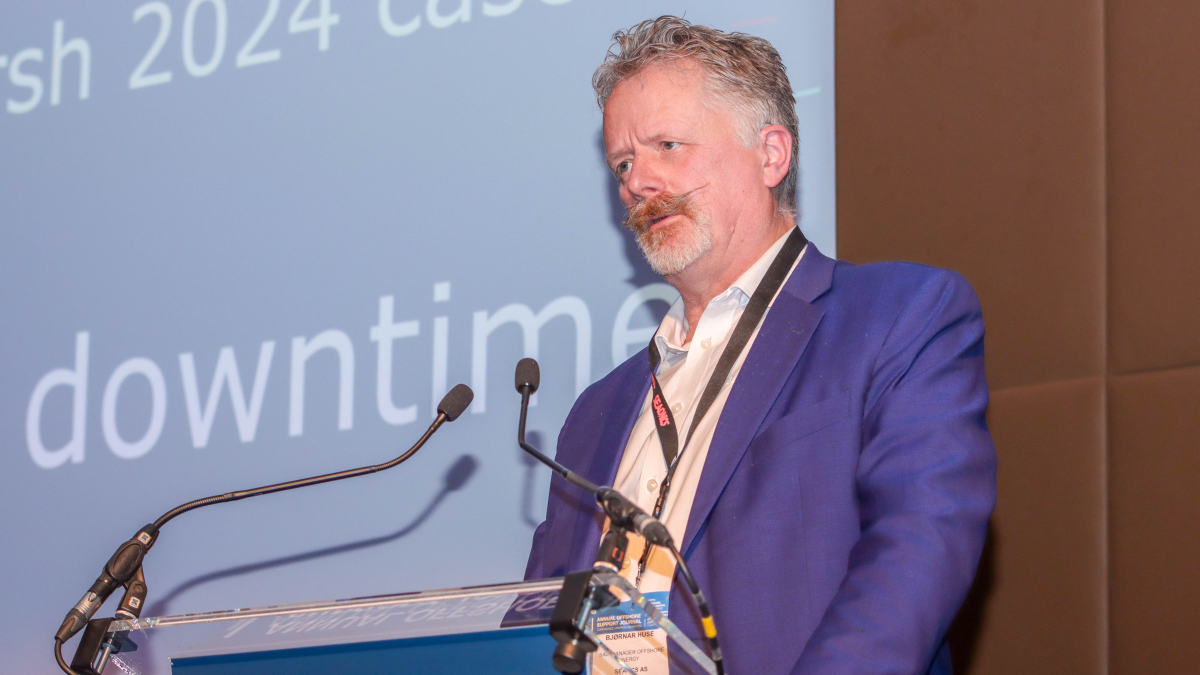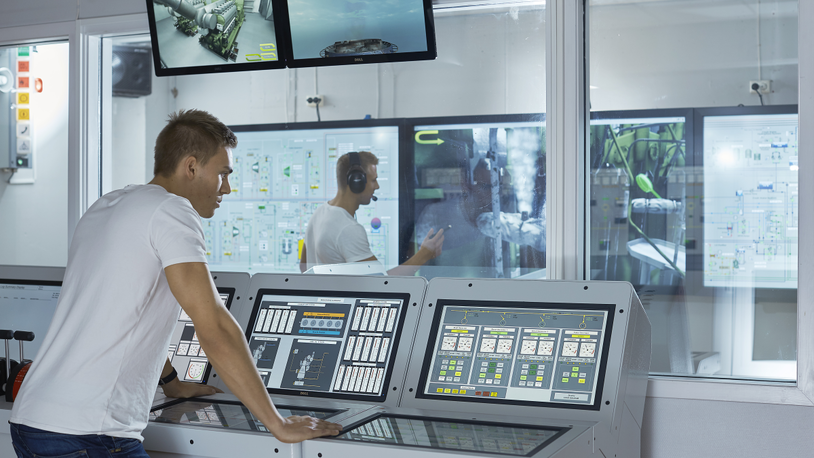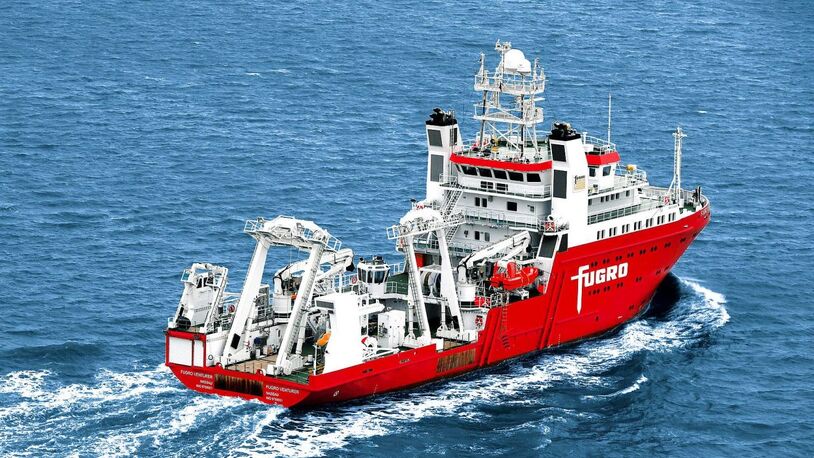Business Sectors
Events
Contents
Register to read more articles.
SmartWatch aims to eliminate preventable accidents on board ships
A smart watch developed by Singapore start-up SOL-X looks to monitor the health of crew on a ship to alert them to the dangers of heat stress, lack of situational awareness, the onset of fatigue and the risk of heart attacks
As temperatures rise steadily in the engineroom, crewmembers are losing their ability to function as effectively as they should. Their movements are slowing, dexterity suffers and cognitive ability declines.
It is called heat stress and it is time to get out before something goes wrong, as it does all too often.
But until recently, engineers and others in hazardous jobs on board had no near real-time information that would alert them to the dangers of heat stress, lack of situational awareness, the onset of fatigue and the risk of heart attacks among other frequent occurrences on board a ship.
“We are working to solve one of the biggest problems facing the maritime industry,” explains Captain Daniel Alcantara of Singapore-headquartered start-up SOL-X, a company that is embedding sometimes life-saving data into seafarers’ daily activities. “Why do the same accidents and incidents constantly recur even though they involve experienced crewmembers who have performed these actions many, many times?”
A former crewmember on an oil tanker where the idea originated, Capt Alcantara is behind the development of SmartWatch, a wearable for seafarers that aims to prevent the many mishaps that not only cost lives at sea but incur huge costs, up to US$29Bn a year in insurance claims.
There is no dispute about the importance of keeping your crew safe and well. According to the European Maritime Safety Agency’s 2019 annual overview of maritime casualties and incidents study, as much as 66% of incidents are caused by human factors, with crew fatigue and lack of situational awareness among some of the major contributing causes.
And the cost of mishaps is considerable. Even before the Covid-19 pandemic, statistics indicated that a vessel is diverted once in five years due to crew illness, with the cost per diversion running to US$180,000.
SOL-X’s mission is to change that – and it has got off to a good start. SmartWatch so impressed the judges on Hong Kong’s Captain’s Table Innovation Challenge, a competition for outstanding start-ups, that it made the global finals.
“Our team of maritime and safety experts saw a clear need to use technology to operationalise behaviour-based health and safety principles at scale,” says SOL-X chief executive Nigel Koh who has a track record of successful start-ups. “Seafarers are now empowered to take ownership of health and safety outcomes.”
Take heart attacks, a frequent occurrence that often leads to evacuations and, according to Capt Alcantara, attracts some of the biggest insurance costs. “Yet as much as 99% of heart attacks follow signals the SOL-X SmartWatch would pick up beforehand,” he tells Singapore Solutions.
Similarly with heat stress. By measuring heat index levels using temperature and humidity, the device sends alerts before the crewmember suffers heatstroke, which can be fatal.
Among other features, the device’s GeoFence software reminds crewmembers they are entering a hazardous area. “It’s about the lack of situational awareness, one of the biggest causes of accidents at sea,” explains Capt Alcantara. “Crewmembers are too often unaware of the environment in which they are working.”
But if things do go badly wrong, location-tracking software comes to the rescue. Under the related SAFEVUE.ai system, crewmembers can use their SmartWatch to request remote assistance, triggering their location and job to accelerate response times. This information is particularly important when workers are alone.
Additionally, the data transmitted by SmartWatch is visible onshore where managers can determine whether company health and safety programmes are being observed. Supervisors can view summaries of working hours, for example.
Unveiled in early 2021 after three years in development, the SOL-X product is attracting a lot of attention within the shipping industry and beyond. “The insurance industry, progressive shipping companies and even flag states are talking to us,” Capt Alcantara explains. “Oil majors have also expressed an interest in using SmartWatch in refineries.”
A chunky-looking device, SmartWatch boasts a bullet-proof design. They are built with custom-designed hardware to withstand harsh industrial work zones. For instance, its industrial grade 1.78” touch screen, IP67 waterproof rating and extended battery life enable crew to remain connected across the vessel through a combination of personal and environmental sensors.
SOL-X’s invention is certified ATEX Zone 1, meaning it meets the tough criteria set by a European directive for hazardous working environments such as a petrochemical plant. Officially, Zone 1 is a place where an explosion “is likely to occur occasionally”.
Although SmartWatch is the visible element of SOL-X’s product, the intellectual property lies in the data. “All the data we are collecting and embedding in SmartWatch provides actionable insights for the industry,” Capt Alcantara points out. “For instance, insurers see that will reduce the cost of claims.”
The underlying principle of SmartWatch is prevention through the transmission of near real-time information. “We are trying to gather as much data as possible so we can stop something happening before it takes place,” he summarises. “Most inquiries into incidents explain the what and the how, but not the why. SmartWatch is all about the why.”
By way of example, he cites the catastrophic blockage of the Suez Canal in March 2021 by the 20,000-TEU Ever Given container vessel. Real-time and historical knowledge of what was happening on board the vessel before the incident might have assisted the investigation – “technology can deliver this kind of data, it’s the why that we have been missing.”
Crewmembers have been quick to see the potential of SmartWatch. “We’ve got very good buy-in from seafarers,” says Capt Alcantara. “They see they can now take individual responsibility for their health and wellbeing in a way that was not possible before.”
For instance, fatigue. The device’s workload management feature enables crew to track their hours of work and rest conveniently and accurately from their wrist. In the process, it helps them and management comply with health and safety protocols across entire fleets of ships.
You could say that SmartWatch is working well.
Related to this Story
Events
Maritime Environmental Protection Webinar Week
The illusion of safety: what we're getting wrong about crews, tech, and fatigue
Responsible Ship Recycling Forum 2025
© 2024 Riviera Maritime Media Ltd.

